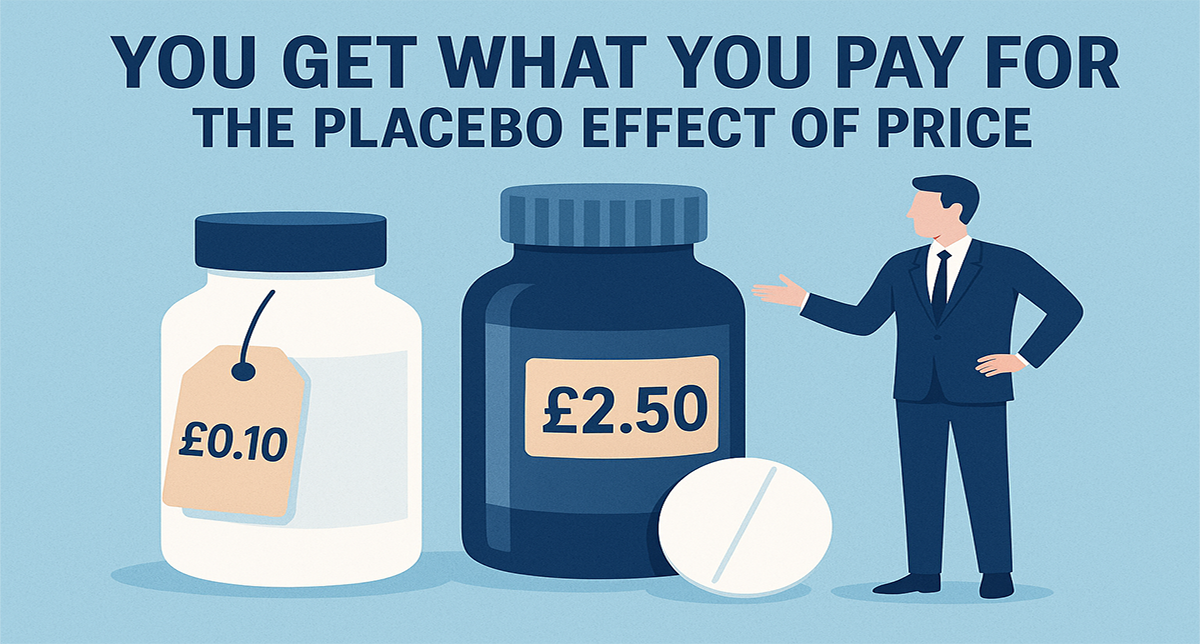For this exercise, we used Ariel All-In-One Pods, rating the listing in 6 core areas:

1. Attention grabbing (32% optimised)
To begin with, how attention-grabbing is the page? The study returned a score of just 32%. One reason for this is that there is no single psychologically hook to stop browsers in their tracks. Our brains are wired to detect threats, meals and mates (and have been doing so for around 300,000,000 years). A detergent pouch or padlock are way too modern for our brains to instinctively attend to.
2. Psychological appeal (57%)
The Ariel Pods scored better in this respect. Bright colours, the silhouette of another human and the words ‘Child-Lock’ all helped contribute here.
3. Engagement (36%)
With regard to psychological engagement, this product only scored 36%. Web optimised packaging may be good for processing fluency, but it does little to really draw browsers in and have them meaningfully engage. This is compounded by the long page headline that tries to say everything with little or no hierarchy: “Ariel Pods All-in-One Washing Liquid Laundry Detergent Tablets/Capsules Colour, 51 Washes”. The product needs to effectively engage with 2 different shoppers: The habitual repeat purchaser, and the new potential customer: Focus too much on one of them and risk losing the other.
4. Buyability (38%)
Once again, the score shows that there is an opportunity to make this page more effective in terms of how well it sells the product. For example, by inserting the word ‘Or’ between the ‘Add to Basket’ and ‘Buy Now’ buttons would switch browsers mindsets from whether to buy to, how to buy, so implicitly moving them further along the purchasing process.

5. System 1 (50%) and System 2 (41%)
These metrics refer to the different mental processes we all have and use, to make purchasing decisions. To summarise this ‘Machinery of Human Thought’: System 1 operates automatically and quickly, with little or no effort and no sense of voluntary control. System 2 allocates attention to the effortful mental activities that demand it, including complex computations.
This web page could simplify its own communication, by presenting shoppers with a more psychologically aligned flow of information (images, then explained by text, for example). It could also provide more ‘useful’ information.
For example, is ‘Fully close the zipper and keep away from children’ really worthy of the prominence it receives? Or could it actually be a barrier to purchase in some instances?
6. Emotion (0%)
How emotionally is appealing is this webpage? Apart from brand loyalty emotion (not analysed here), it completely misses out on generating any emotional connection with visiting shoppers, returning a score of 0%. The images lack any emotion as does the copy used within them and the standalone copy too.
Other considerations
- Although impactful, some of the imagery does little to help shoppers in terms of processing fluency (how mentally easy it is for them to buy the product on offer).
- The colours are strong, as you’d expect from a product that washes, and ‘protects colours’.
- There are too many all-capital letter messages in the images (all caps are harder to read and process than a combination of upper and lower case copy).
- In terms of numbers, ‘51’ is in the wrong location if it is to be perceived as a big number, which surely it is as it refers to quantity of pods in the pack.

Summary
So there you have it, a brief snapshot of the psychological effectiveness of your typical online retailing environment.
Any brand on sale on sites like the mighty Amazon, needs to do all it can to optimise appeal, engagement and buyability.
A great way to do this, and importantly, while still adhering to the retailer rules and guidelines, is to make sure that you have the aspects that you can control fully psychologically aligned with the minds of shoppers.
And that's where we can help you.





